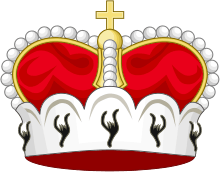British nobility
The British nobility refers to the noble families of the United Kingdom.
General history of British nobility
The nobility of the four constituent home nations of the United Kingdom has played a major role in shaping the history of the country, although in the present day even hereditary peers have no special rights, privileges or responsibilities, except for residual rights to stand for election to the House of Lords, dining rights in the House of Lords, position in the formal order of precedence, the right to certain titles (see below), and the right to an audience with the monarch.
In everyday speech, the British nobility consists of peers and their families; however, in a more strict legal sense it includes both the titled and the untitled nobility.[1] Members of the peerage carry the titles of Duke, Marquess, Earl, Viscount and Baron. Peers ranked from Baron to Marquess are frequently referred to generically as Lords. However, the Scottish Baron, an official title of nobility in the United Kingdom, is addressed as The Baron of X. The untitled nobility consists of all those who bear formally matriculated armorial bearings.[1] Other than their designation, such as Gentleman or Esquire, they enjoy no privilege other than a position in the formal orders of precedence in the United Kingdom. The largest portion of the British aristocracy have historically been the landed gentry, made up of baronets and the non-titled armigerous landowners whose families hailed from the mediaeval feudal class (referred to as gentlemen due to their income solely deriving from land ownership).
Scottish lairds' names include a description of their lands in the form of a territorial designation.[2] In Scotland, a territorial designation implies the rank of "Esquire", thus this is not normally added after the name; Lairds are part of Scotland's landed gentry and—where armigerous—minor nobility.[3]
The Peerage is a term used both collectively to refer to the entire body of peerage titles, and individually to refer to a specific title. All modern British honours, including peerage dignities, are created directly by the British monarch, taking effect when letters patent are affixed with the Great Seal of the Realm. The Sovereign is considered the fount of honour, and as "the fountain and source of all dignities cannot hold a dignity from himself",[4] cannot hold a British peerage.
Before the twentieth century, peerages were generally hereditary and (with a few exceptions), descended in the male line. The eldest son of a Duke, Marquess or Earl almost always uses one of his father's subsidiary titles as a courtesy title; for instance, the eldest son of the Earl of Snowdon is called Viscount Linley.
The modern peerage system is a vestige of the custom of English kings in the 12th and 13th centuries in summoning wealthy individuals (along with church officials and elected representatives for commoners) to form a Parliament. The economic system at the time was manorialism (or feudalism), and the burden or privilege of being summoned to Parliament was related to the amount of land one controlled (a "barony"). In the late 14th century, this right (or "title") began to be granted by decree, and titles also became inherited with the rest of an estate under the system of primogeniture. Non-hereditary positions began to be created again in 1867 for Law Lords, and 1958 generally.
In 1958, the Life Peerages Act enabled (non-hereditary) life peers to sit in the House of Lords, and from then on the creation of hereditary peerages rapidly became obsolete, almost ceasing after 1964. This, however, is only a convention and was not observed by former prime minister Margaret Thatcher, who asked the Queen to create three hereditary peerages (two of them, however, to men who had no heirs). Until changes in the twentieth century, only a proportion of those holding Scottish and Irish peerages were entitled by that title to sit in the House of Lords; these were nominated by their peers.
Until 1999, possession of a title in the peerage (except Irish) entitled its holder to a seat in the House of Lords, once they reached their majority. Since then, only 92 hereditary peers are entitled to sit in the House of Lords, of which 90 are elected by the hereditary peers by ballot and replaced on death. The two exceptions are the Earl Marshal (a position held by the Dukes of Norfolk), who is responsible for certain ceremonial functions on state occasions, and the Lord Great Chamberlain (a position held in gross and one of a number of persons can hold it), who serves as the monarch's representative in Parliament and accompanies them on certain state occasions; both are automatically entitled to sit in the House. Typically, those due to inherit a peerage—or indeed have done so, in recent times—have been educated at one of the major public schools, such as Eton or Winchester.
A member of the House of Lords cannot be a member of the House of Commons. In 1960, Anthony Wedgwood Benn inherited his father's title as Viscount Stansgate. He fought and won the ensuing by-election, but was disqualified from taking his seat until an act was passed enabling hereditary peers to renounce their titles. Titles, while often considered central to the upper class, are not always strictly so. Both Captain Mark Phillips and Vice admiral Timothy Laurence, the respective first and second husbands of Princess Anne, do not hold peerages. Most members of the British upper class are untitled.
Nobility: Peers and non-peers
Dukes
- Royal dukedoms in the United Kingdom
- Dukes in the United Kingdom
- List of dukes in the peerages of Britain and Ireland
- List of dukedoms in the peerages of Britain and Ireland
Marquesses
- Marquesses in the United Kingdom
- List of marquesses in the peerages of Britain and Ireland
- List of marquessates in the peerages of Britain and Ireland
Earls
- Royal earldoms in the United Kingdom
- List of earls
- List of earldoms
Viscounts
- List of viscounts in the peerages of Britain and Ireland
- List of viscountcies in the peerages of Britain and Ireland
Barons / Lords of Parliament of Scotland
- Royal baronies in the United Kingdom
- List of barons in the peerages of Britain and Ireland
- List of baronies in the peerages of Britain and Ireland
- List of life peerages
Barons of Scotland (non-peers[5])
Gentry styles and titles
Baronets (styled as Sir)
Hereditary Knights (styled as Sir)
Knights (styled as Sir)
- Knight, from Old English cniht ("boy" or "servant"),[6] a cognate of the German word Knecht ("labourer" or "servant").[7]
- British honours system
Clan Chiefs/Laird
Untitled members of the Gentry
- Esquire (ultimately from Latin scutarius, in the sense of shield bearer, via Old French esquier)
- Gentleman
Irish and Gaelic nobility
Outside the United Kingdom, the remaining Gaelic nobility of Ireland continue informally to use their archaic provincial titles. As Ireland was nominally under the overlordship of the English Crown for between the 12th and 16th centuries, the Gaelic system coexisted with the British system. A modern survivor of this coexistence is the Baron Inchiquin, still referred to in Ireland as the Prince of Thomond. The Prince of Thomond is one of three remaining claimants to the non-existent, since the 12th century, so-called High Kingship of Ireland, the others being The O'Neill, and the O'Conor Don.
Chief of the Name was a clan designation which was effectively terminated in 1601 with the collapse of the Gaelic order, and which, through the policy of surrender and regrant, eliminated the role of a chief in a clan or sept structure. Contemporary individuals today designated or claiming a title of an Irish chief treat their title as hereditary, whereas chiefs in the Gaelic order were nominated and elected by a vote of their kinsmen. Modern "chiefs" of tribal septs descend from provincial and regional kings with pedigrees beginning in Late Antiquity, whereas Scottish chiefly lines arose well after the formation of the Kingdom of Scotland, (with the exception of the Clann Somhairle, or Clan Donald and Clan MacDougall, the two of royal origins). The related Irish Mór ("Great") is sometimes used by the dominant branches of the larger Irish dynasties to declare their status as the leading princes of the blood, e.g., Ó Néill Mór, lit. (The) Great O'Neill.
Following the Norman invasion of Ireland several Hiberno-Norman families adopted Gaelic customs, the most prominent being the De Burgh dynasty and FitzGerald dynasty; their use of Gaelic customs did not extend to their titles of nobility, as they continuously utilized titles granted under the authority of the English monarchy.
Gallery
-

Charles Marfleet Esq., of Somerton Castle and Boothby Graffoe
See also
- British Royal Family
- Forms of address in the United Kingdom
- Gentry
- Landed gentry
- List of British monarchs
- Noblesse
- Orders, decorations, and medals of the United Kingdom
- Order of precedence in England and Wales
- Peerage, an exposition of great detail
- Peerage of England
- Peerage of Great Britain
- Peerage of Ireland
- Peerage of Scotland
- Peerage of the United Kingdom
- British Public Schools
- Welsh peers and baronets
References
- 1 2 https://books.google.com/books?id=LHKBWAz9MMQC&pg=PA2&dq=untitled+nobility+uk&hl=en&sa=X&ei=D3jrULySC4nP0QWPhIHoAg&ved=0CDMQ6AEwAA#v=onepage&q=untitled%20nobility%20uk&f=false
- ↑ "Debrett's Forms of Address (Lairds)". Retrieved 2010-07-18.
- ↑ Adam, F. & Innes of Learney, T. (1952). The Clans, Septs, and Regiments of the Scottish Highlands (4th ed.). Edinburgh & London: W. & A.K. Johnston Limited. p. 410.
- ↑ Opinion of the House of Lords in the Buckhurst Peerage Case
- ↑ Ruling of the Court of the Lord Lyon (26/2/1948, Vol. IV, page 26): "With regard to the words 'untitled nobility' employed in certain recent birthbrieves in relation to the (Minor) Baronage of Scotland, Finds and Declares that the (Minor) Barons of Scotland are, and have been both in this nobiliary Court and in the Court of Session recognised as a 'titled nobility' and that the estait of the Baronage (i.e. Barones Minores) are of the ancient Feudal Nobility of Scotland".
- ↑ "Knight". Online Etymology Dictionary. Retrieved 2009-04-07.
- ↑ "Knecht". LEO German-English dictionary. Retrieved 2009-04-07.

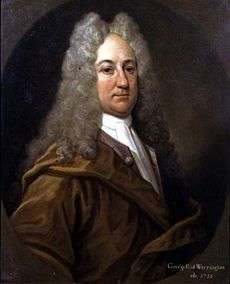



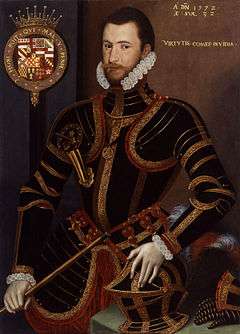







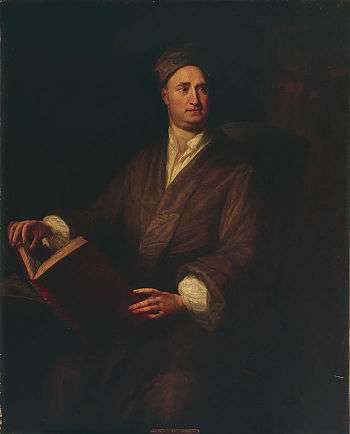

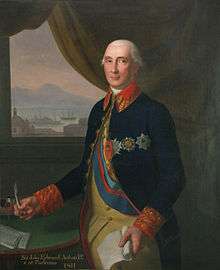
%2C_Countess_of_Derby.jpg)


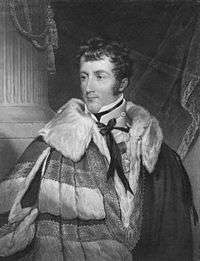
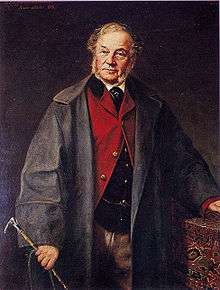


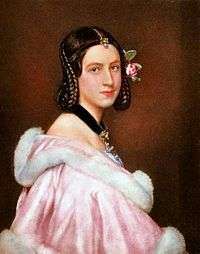




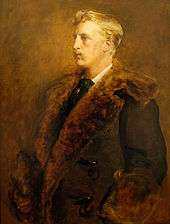
%2C_6th_Duchess_of_Portland%2C_1912.jpg)






-Dartmouth_-United-Kingdom-MIP-Europaparlamentby-Leila-Paul-4.jpg)
